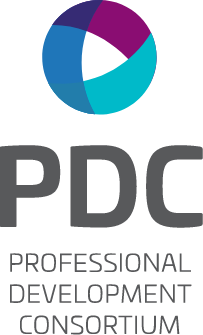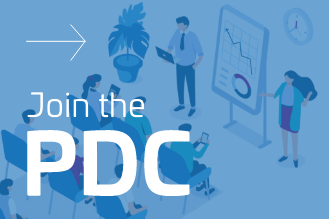You are here
Who Are We Now? Preparing for the Post-Quarantine Workplace
August 12, 2021
By Members of the PD Providers Network: Rachael Bosch, Christine Clapp, Jessica Hernandez, Steve Hughes, Kiko Korn, Jessica Natkin, Dianne Rosky, Jessie Spressart (For pictures of these PD providers and others in the PD Providers network, please visit the PD Providers Network roster page.
The PD Providers Network, a group of consultants who serve the legal industry, met recently to discuss the transition from the all-remote teams of the COVID-19 era to the inevitable mix of remote and in-person teams. They offer the following communications and planning tips to help firm leaders, managers, and employees navigate this transition with success.
- Tip #1: Prepare for disruption. Life won’t be as it was pre-pandemic, and things will likely feel unsettled for a while. Jessica Hernandez from JLH Coaching & Consulting pointed to the many tolerances we’ve created in our pandemic work environments — dogs barking on calls, unexpected absences, casual dress codes. She emphasized uncertainty about how or when things will settle and that we’ll only be as strong as our ability to adapt. Similarly, Legal Writing Works’ Kiko Korn encouraged self-reflection before re-entry. Values and interests likely shifted during quarantine, so we should distinguish our new healthy habits from our coping mechanisms.
- Tip #2: Take steps to gain insight into your team’s expectations and preferences for the transition. The past 15-plus months have changed our worldview so profoundly that we can’t even rely on the best practices from the employers with partially remote workforces before the pandemic, said Fringe PD’s Rachael Bosch. Total Talent Design’s Jessica Natkin suggested that organizations start fresh by interviewing or surveying staff as they make decisions. Hernandez encouraged supervisors and colleagues to also co-develop their own transition plans, anticipating a need for new systems related to child care, schedules, or home situations.
- Tip #3: Re-engage your in-person communications skills, but consider the effects of a mask. Christine Clapp from Spoken with Authority said we should prepare to speak more loudly and clearly when we return to the office, citing research that we lose 3 to 12 decibels of volume when our mouths are covered. She also emphasized the need to rehearse presentations with a mask on to prepare for simple tasks like walking to a lectern or checking notes, which can feel disorienting when peripheral vision is partially blocked. For bespectacled professionals worried about fogging, she recommended washing lenses with baby shampoo.
- Tip #4: Focus on getting the technology right — for equity’s sake. Even skilled presenters should prepare for blended audiences, said Korn, including managing the clunkiness of a mask and headset together. Clapp, Bosch, and others stressed the need for employers to invest in reliable technology to create a more even playing field for staff in different physical locations. This will help meet expectations of clients, who have become accustomed to immediate responses from their advisers. Strong technology should be reinforced with strong internal protocols, they added, such as ensuring every meeting has an advocate for remote participants or requiring in-person participants to log in separately so their names and faces appear on screen.
- Tip #5: Be hypervigilant against systems that favor in-person staff. Bosch anticipated that people who return to the office will crave the benefits of a shared physical space, potentially damaging career growth for their remote colleagues. Without making it a practice to cultivate self-awareness, managers especially might also apply unintentional biases by focusing coaching or assignments on in-person staff, putting remote staff at a disadvantage. Organizations should consider these consequences when designing systems, establishing processes for ongoing monitoring and adjustments as well.
- Tip #6: Prepare for a recruiting environment where associates hold more leverage. In an industry where talent retention is already a problem, law firms’ choices about internal policies will have an outsized effect in this historic moment, says Hernandez. Firms run by leaders valuing the traditions of facetime and in-person conversations might resist hybrid models, whereas progressive leaders will speed things up for everyone else. Jessie Spressart of Optia Consulting predicted that newer associates will drive field trends here, depending on the choices they see in the job market, and Rosky Legal Ed’s Dianne Rosky added that some firms’ choice to scale back or eliminate their office spaces will be a factor to recruits.
- Tip #7: Ramp up your team’s people-management skills! Spressart noted that many firms have long avoided management training under the guise of on-the-job learning — but that won’t work in the new hybrid model, she said. Upon re-entry, managers must be equipped to navigate all types of unexpected situations. Steve Hughes at Hit Your Stride felt the ROI argument will be the most effective one here to prompt change. According to Spressart, the financial hit due to attrition and lost billing can run into the millions of dollars. Bosch reminded the group that this issue is especially pervasive on underrepresented segments of employees, such as women and people of color.
The Network concluded their discussion of challenges with a hopeful sentiment: If firms can get this working properly, there’s a real opportunity to bring people together as stronger and more connected teams


